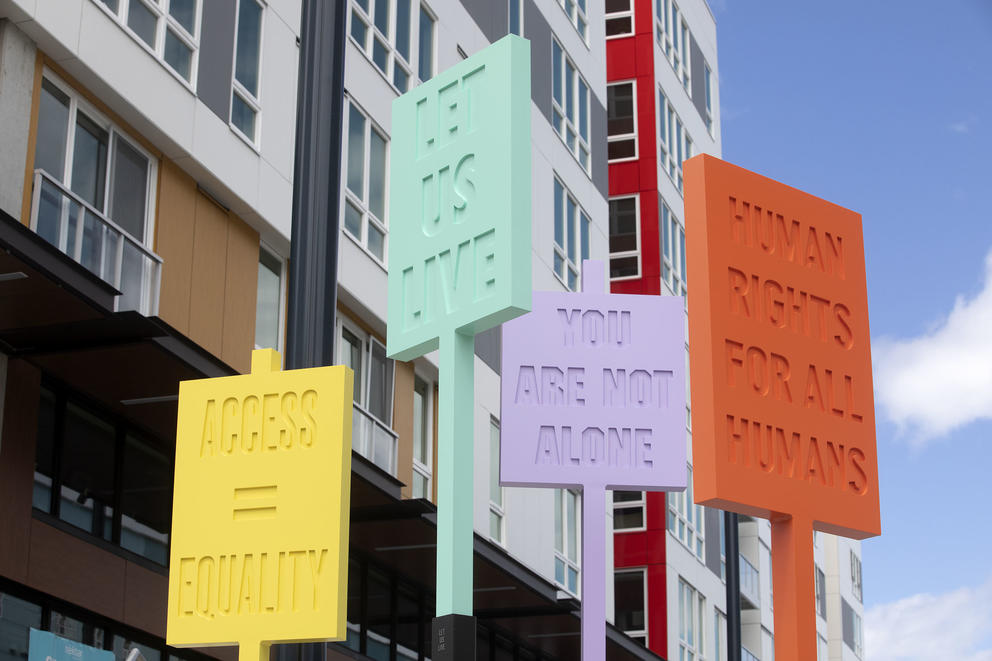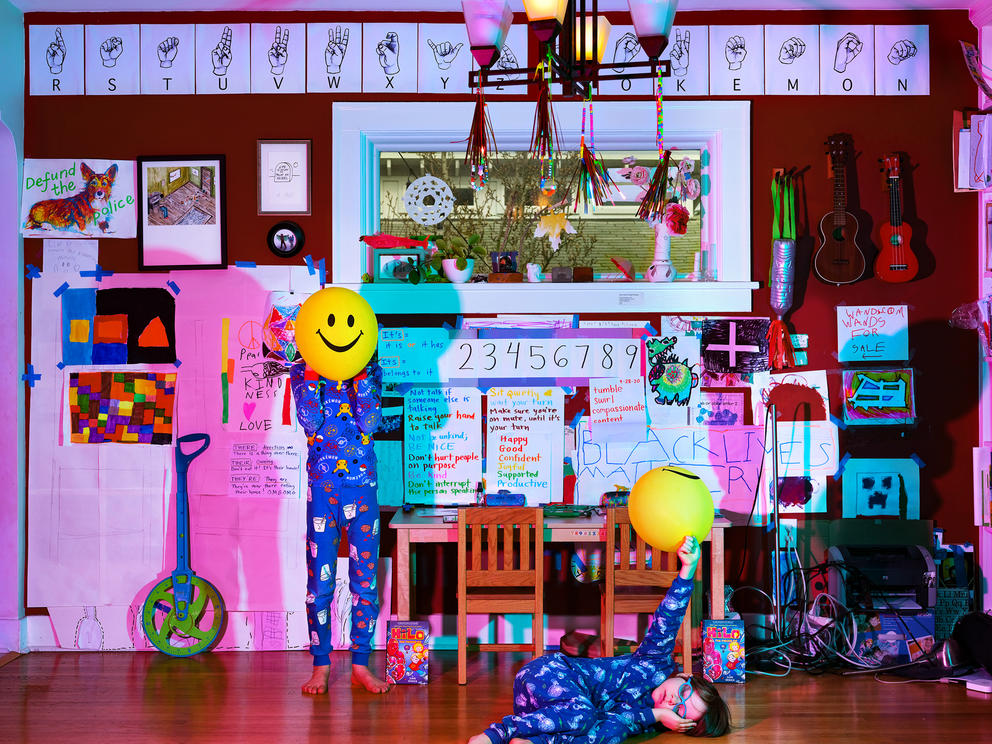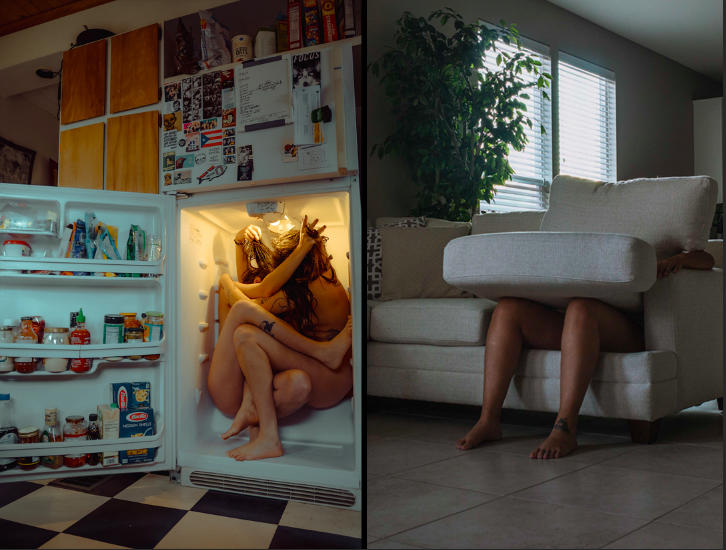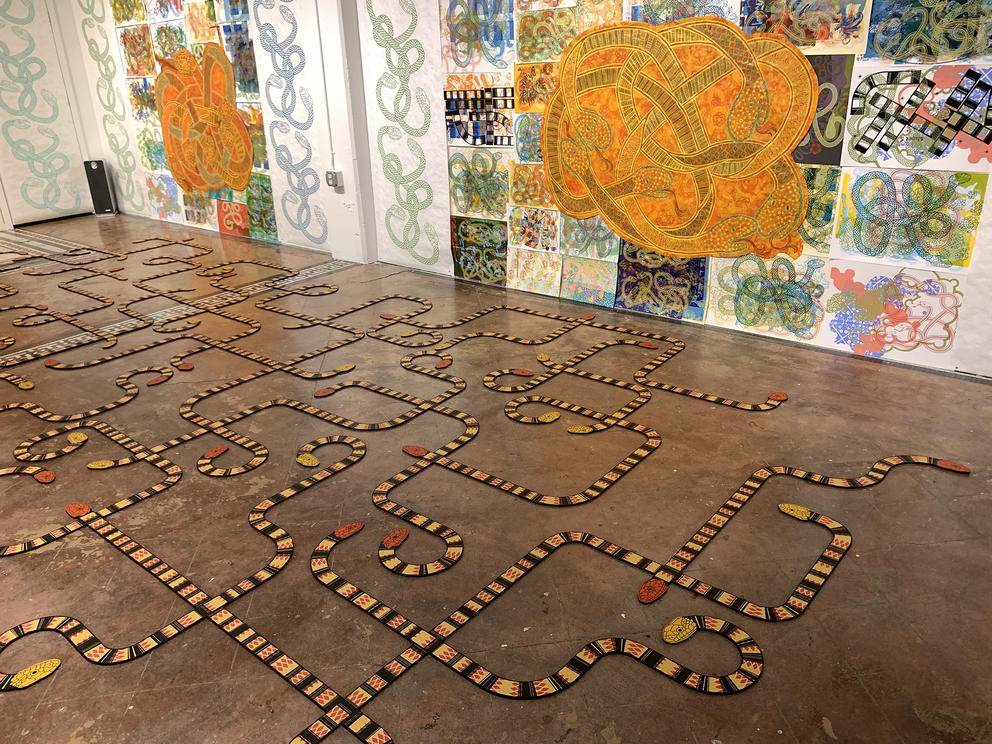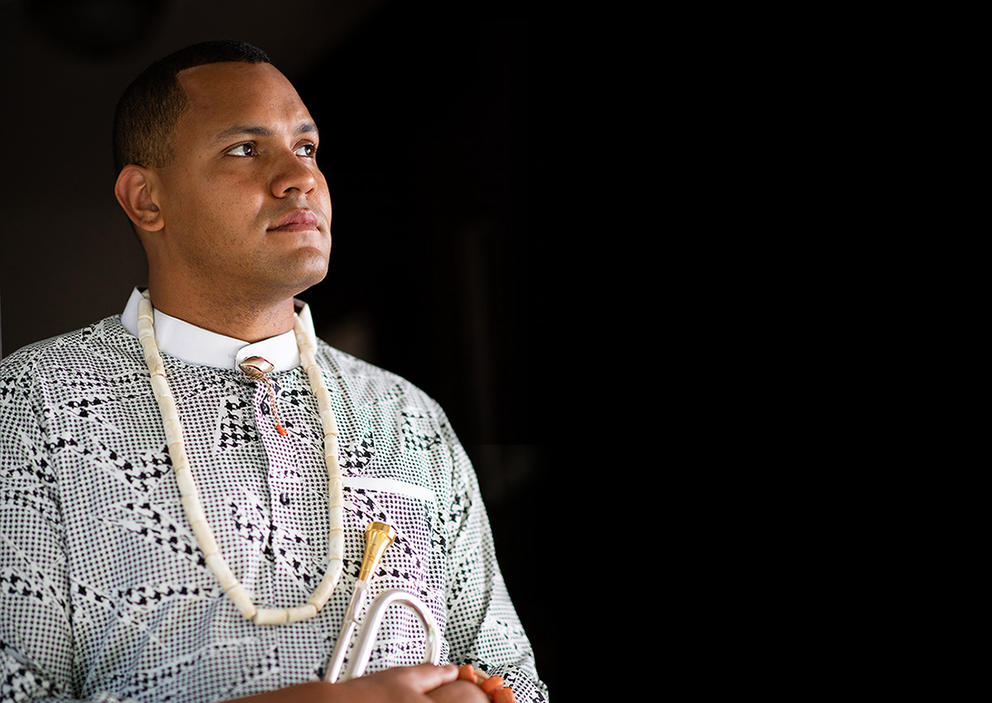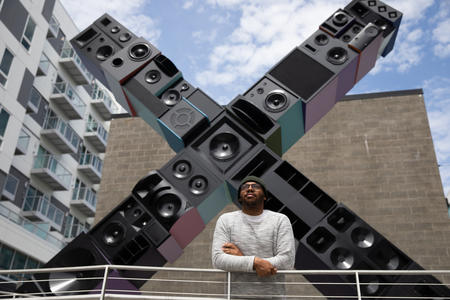Last year, when the Pride Parade was canceled in the height of COVID-19, Crosscut contributor Samantha Allen wrote a column titled “Pride is more than a parade.” In it, she suggests that the absence of the raucous — and highly corporatized — event offers the chance to think more deeply about ways to celebrate and support the LGBTQ+ community, in all its depth and diversity, both during Pride month and year-round.
ArtSEA: Notes on Northwest Culture is Crosscut’s weekly arts & culture newsletter.
In related Pride reading, I recommend last week’s New Yorker story about the splintering of AIDS activist group ACT UP and the new book, Let the Record Show: A Political History of act up New York, 1987-1993. And for a little air conditioning with your history lesson, consider MoPOP’s expansive new exhibit, Rise Up: Stonewall and the LGBTQ Rights Movement, which includes local stories of impact and activism.
This weekend also marks the dedication of the AIDS Memorial Pathway (AMP) on Capitol Hill, which arrives 40 years after the epidemic began to take hold. Crosscut reporter Margo Vansynghel wrote about the backstory of the permanent installation after speaking with several artists involved in the project, including Storme Webber, Horatio Hung-Yan Law and Christopher Paul Jordan.
The public ceremony (June 26, noon–3 p.m.) will take place near Jordan’s centerpiece contribution to the AMP — a towering “X” called “andimgonnamisseverybody,” which he crafted to resemble the speakers and subwoofers common to the discos, ballrooms and dance clubs that have long served as a refuge for the LGBTQ community.
Attendees are invited to sign a large red ribbon in memory of a loved one lost to HIV/AIDS — the ribbon will eventually be incorporated into the national AIDS Memorial Quilt, stitching together a legacy of loss with a reminder that the epidemic isn’t over.
“I didn’t expect for us to be trying to memorialize this pandemic from the vantage point of another one,” Jordan told my colleague Margo, noting the political parallels between the AIDS crisis and COVID-19, especially regarding the devastating lack of attention to the communities hit hardest by the epidemics.
Jordan is one of countless artists whose creative work was affected by COVID-19 (most obviously by extended delays in installation). And as I noted a couple newsletters ago, I’m starting to see the emergence of more and more art that reflects the emotions, mental explorations (and madness) of those long pandemic months.
Take for example the new group show Time Capsule at Photographic Center Northwest (June 24 – Aug. 12), where, it must be noted, the air conditioning is flowing. For this 24th annual juried show, curator Shamim M. Momin (of Henry Art Gallery) started with a pool of 1,600 submissions from all over the world and selected 59 works for display. My favorites in the exhibit reflect the strangeness of the lockdown days — our communal solitude and suspended animation.
In Seattle-based, Puerto Rican-grown photographer Jo Cosme’s “Perpetual State of Grasping in the Dark,” two lovers find themselves closer than ever — entwined inside an empty fridge. In works by Seattle photographer Danielle Quenell, a woman disappears into a closet and a cabinet at home. Austin artist Chantal Lesley echoes a similar sense of disembodiment in “It’s not so bad until the sun starts to set,” where a couch appears to have eaten a woman, all but her bare legs.
Other photos capture the odd new realities that became commonplace — such as a baptism and a dance rehearsal conducted in face masks, by Gina Gaiser. In Seattle artist Jennifer Zwick’s “Owen and Silvan in the Dining Room,” we witness the plight of pandemic parents, as the eating space has been completely transformed into a classroom, with lessons taped to the wall next to a child-penned Black Lives Matter banner.
People sit alone and stare into space, light moves slowly across walls. And in Seattle photographer Nick Shiflet’s images, things have gone off the rails, as a man dressed in a shortie tiger costume engages in a close relationship with an ax.
As we resume social activities, we may start to forget that specific sense of pandemic isolation — the way it felt in the body to be suspended and unsure. But artists are acting as chroniclers, reminding us where we were, and what it was like.
Seattle illustrator Tory Franklin portrays her own stress and the feeling of danger around every corner in her new show, Nest of Vipers at Method Gallery (June 25 – Aug. 7). A warning for the ophidiophobic — it contains hundreds of two-headed snakes.
“Throughout quarantine, I drew and printed nests of intertwined snakes based on childhood nightmares,” she writes in her artist statement. Like most of us, she worried about the pandemic, the political climate and the summer of protests. “The stress of all of this churning physically manifested as my guts writhed,” she says, “eating themselves like the snakes I was depicting.”
Rooted in anxiety, the result is quite beautiful. Franklin depicts the scaly creatures in screen prints, Tyvek drawings and cut-vinyl window applications that slither over each other in multiple layers that set the whole space writhing. On the floor, the intersecting “Anklebiter” tiles force visitors to tiptoe through the space, “navigating gingerly, precariously,” she says, “as we have done for over a year.”
Pandemic creativity is rife across artistic genres, such as in a new piece of music by stellar Seattle trumpeter (and writer/comedian/composer) Ahamefule J. Oluo. “Prior to this pandemic, very little of what I did artistically was solitary,” he says in a press release, adding that most of his projects hinge on coordinating large groups of creatives. “That skill … was rendered useless by the COVID-19 pandemic, and I was left with myself and the things around me.”
In “The Things Around You,” a music video composition commissioned by the University of Washington’s Meany Center (streaming June 25 – July 2), Oluo addresses the question, “How do you move forward when you are stuck in one place?” I’m looking forward to a wealth of answers from the arts community.
Get the latest in local arts and culture
This weekly newsletter brings arts news and cultural events straight to your inbox.

